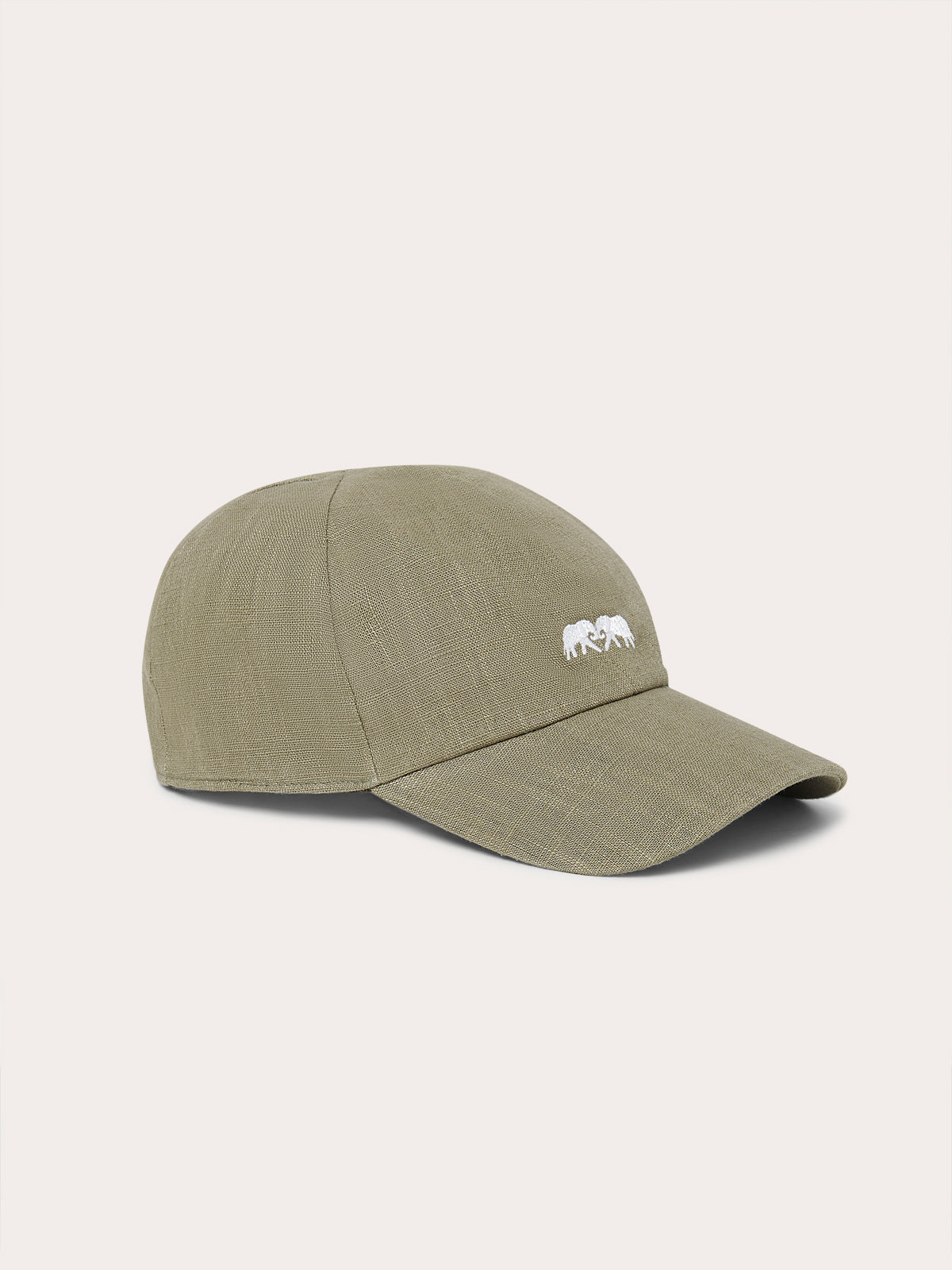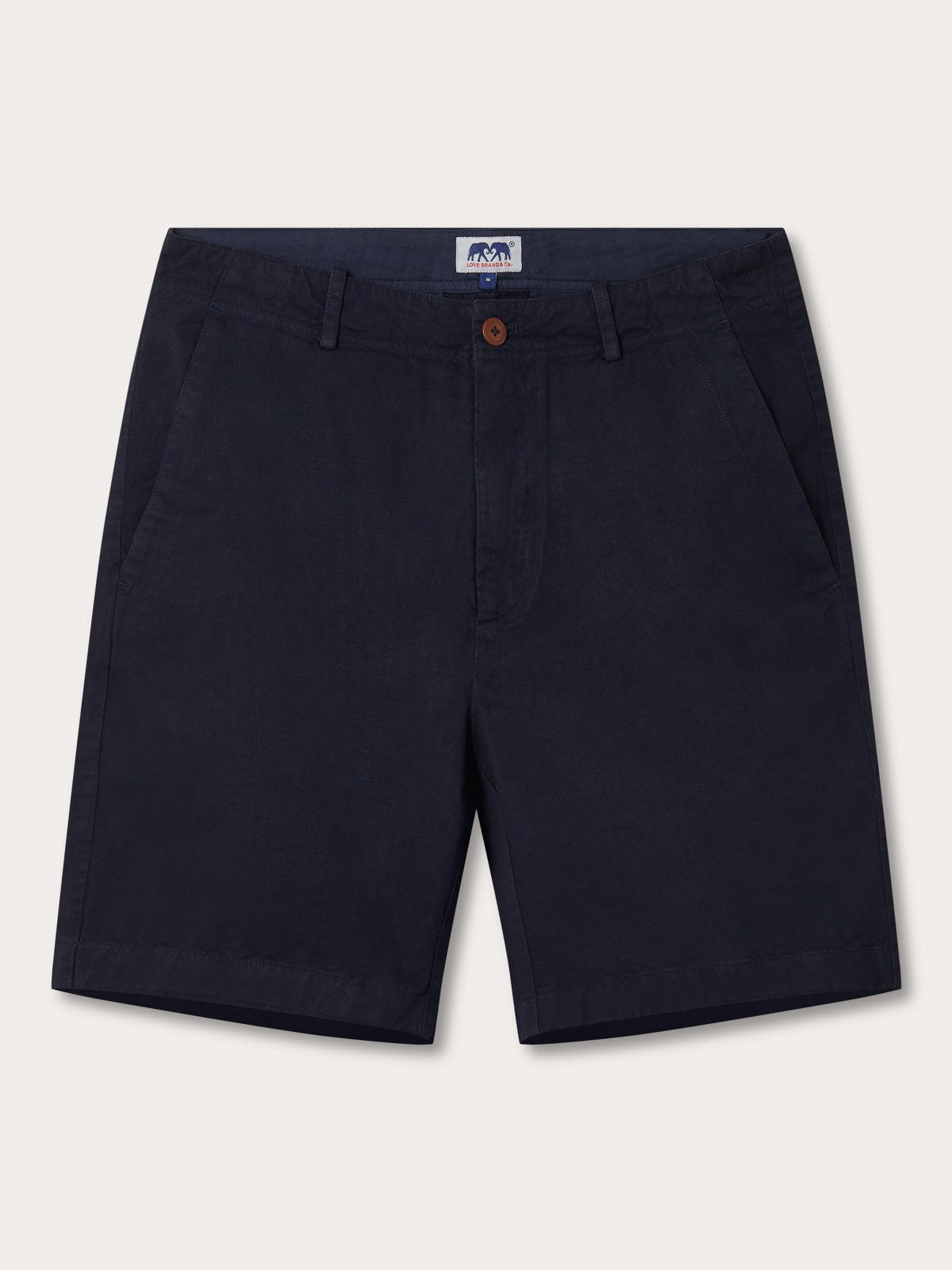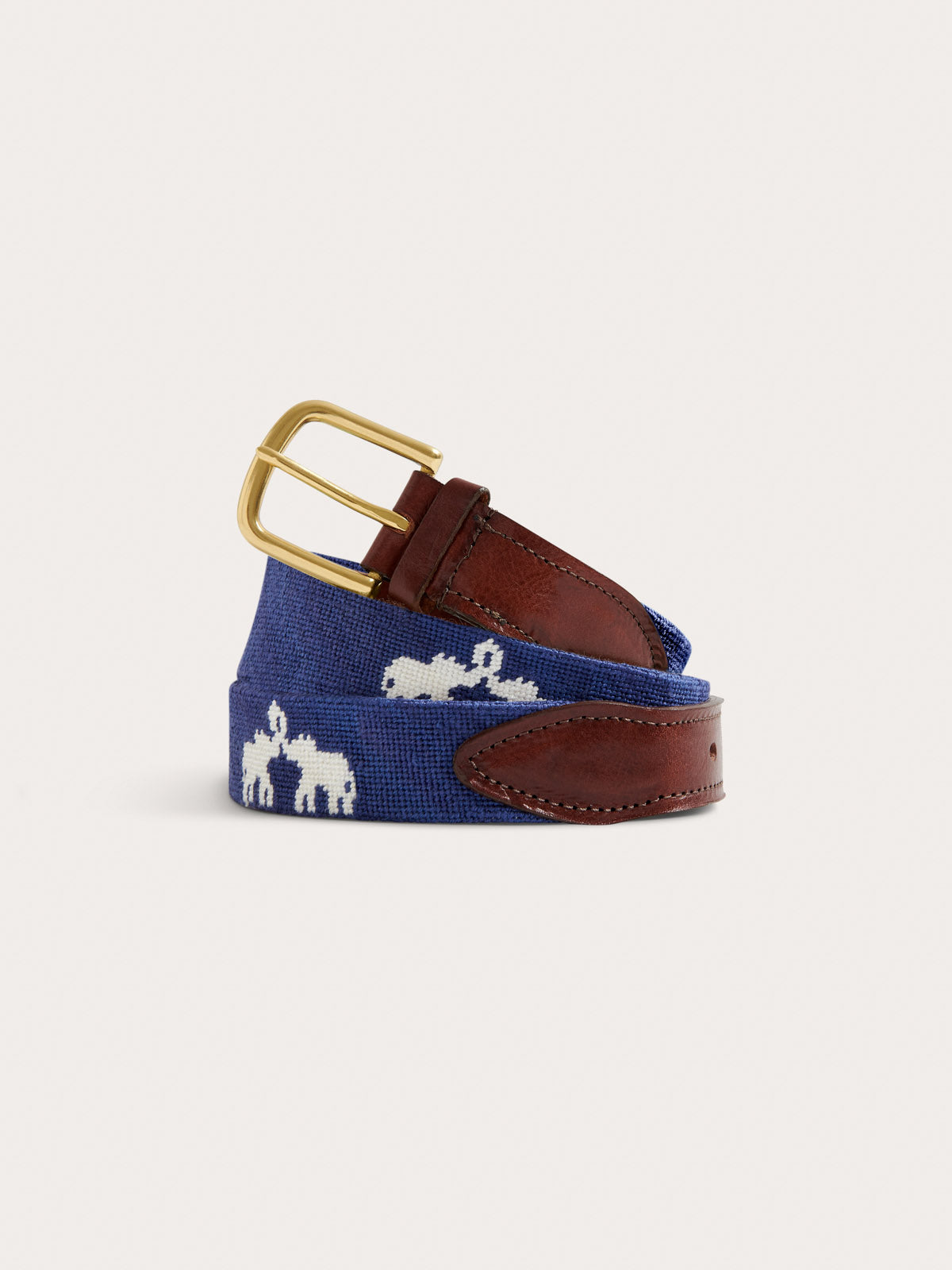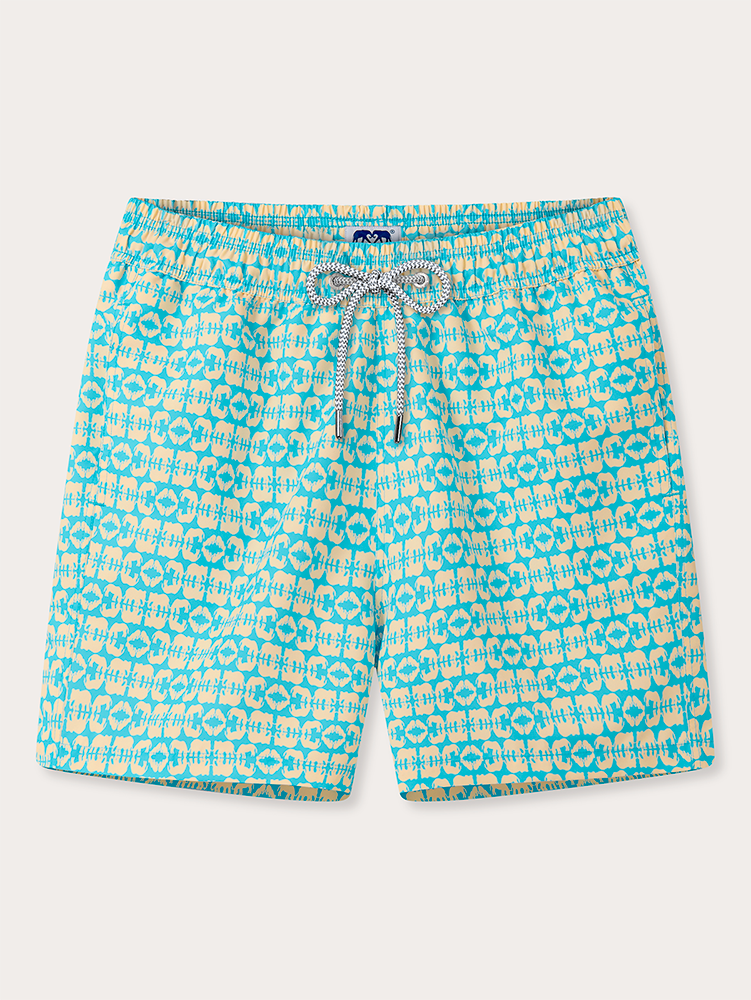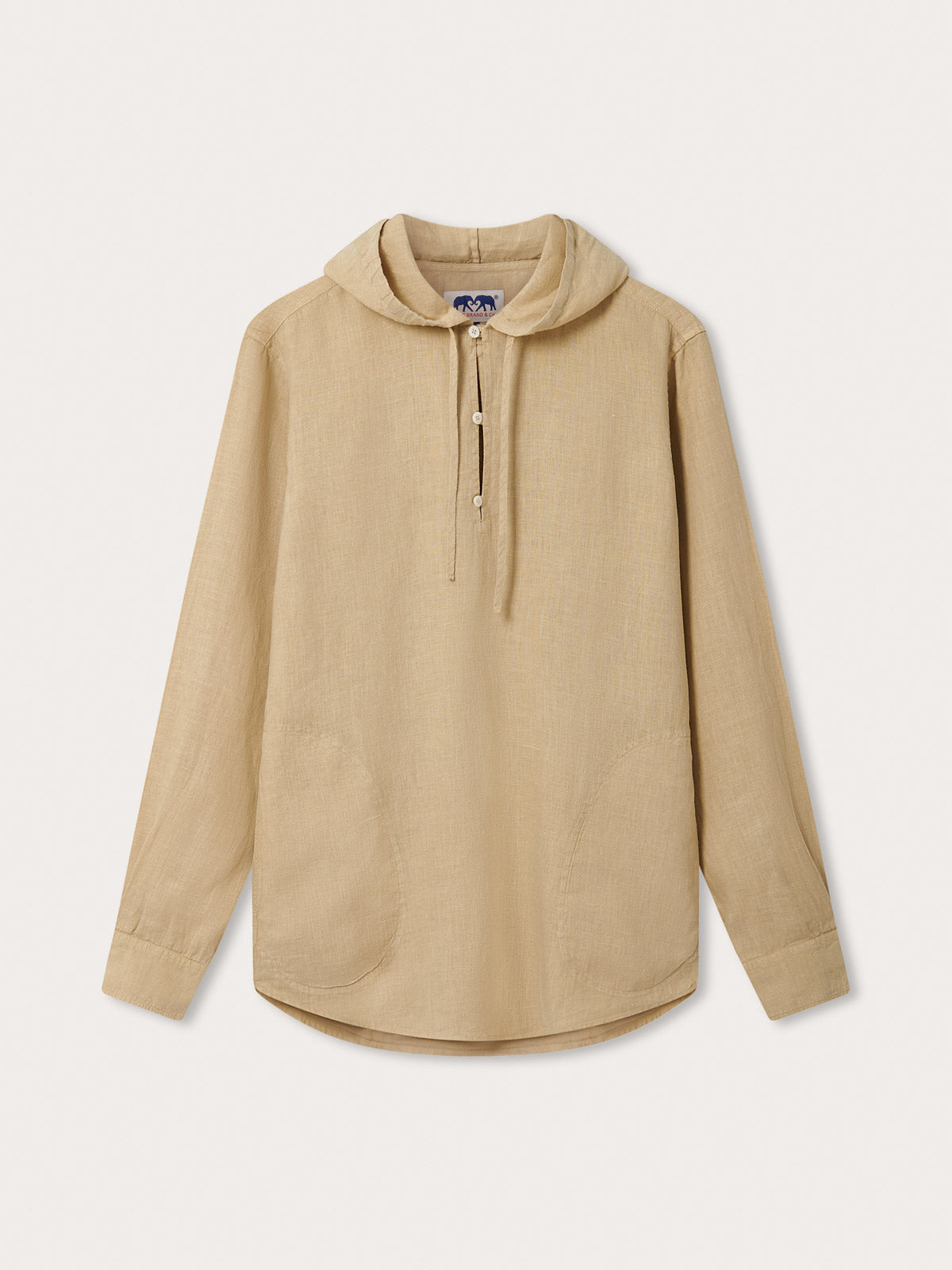From flipping cars in torrential rain to unexpected reunions with elephants, Roan and Taru Carr-Hartley’s adventures are as wild as the animals they protect! As they carry on the legacy of their grandmother, Dr Dame Daphne Sheldrick, they’re living proof that conservation isn’t just a job – it’s a calling filled with unforgettable moments, unique animal friendships, and a deep connection to the wild.
Want to join their mission? You can help Roan, Taru, and the Sheldrick Wildlife Trust by adopting one of their orphaned elephants, rhinos, or giraffes. Every adoption helps raise these incredible animals and keeps the Carr-Hartley brothers in the air, patrolling and protecting Africa's wildlife.
Images © Mia Collins and Sheldrick Wildlife Trust.



